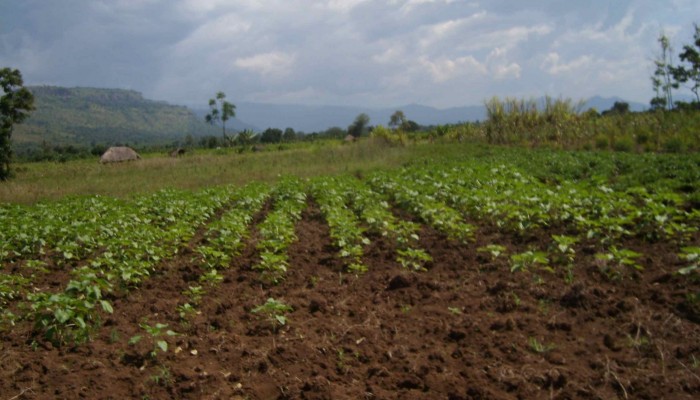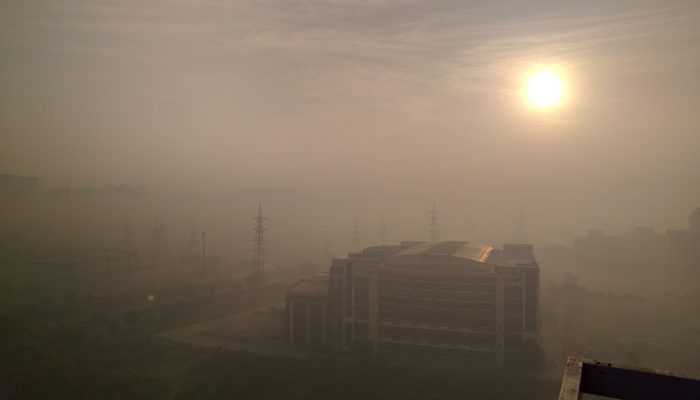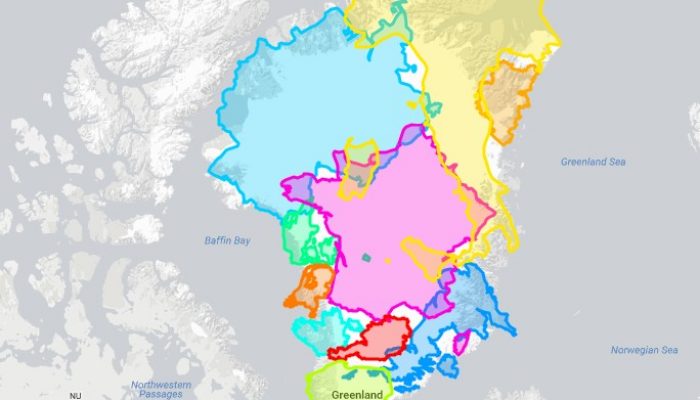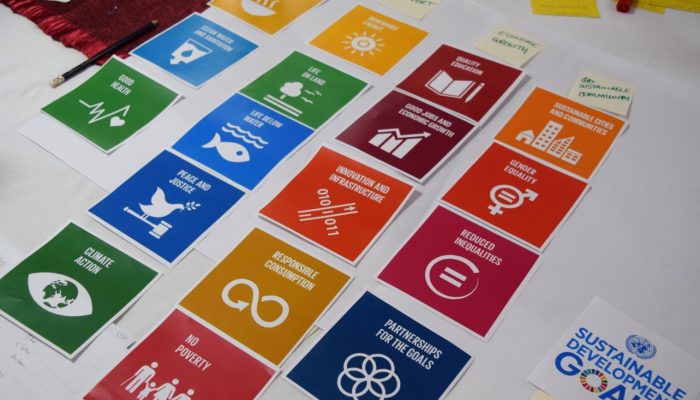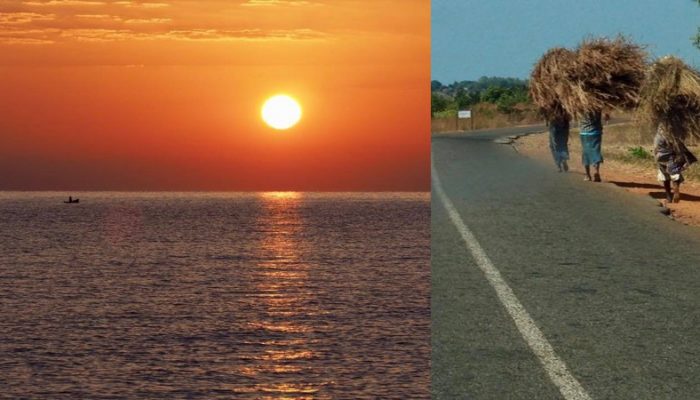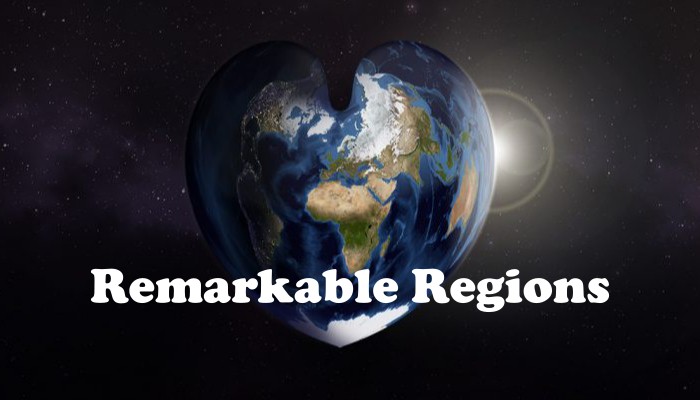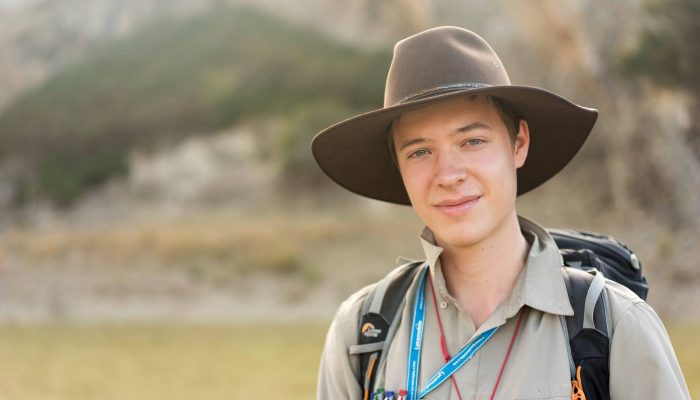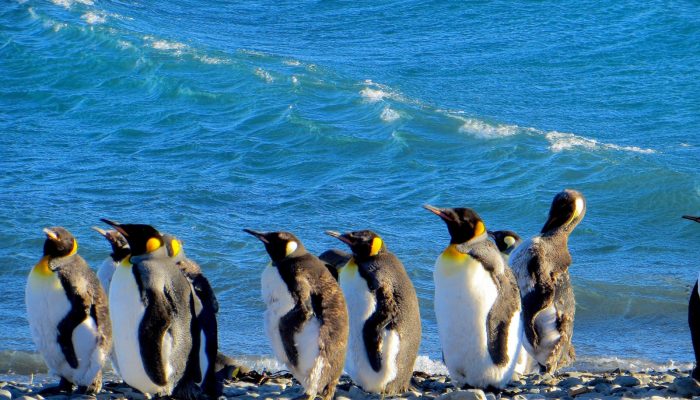Over the last few weeks we’ve introduced you to some new faces on the GfGD blog, including Robert Emberson, Heather Britton and Jesse Zondervan. Today, Robert (based in Victoria, Canada) writes on the connections between soil erosion and sustainable development, and poses the question – is soil one of our most threatened resources? When we talk about sustainable energy sources, most of the ...[Read More]
If you didn't find what you was looking for try searching again.
Geodynamics
Poster presentation tips
Being a scientist is more than just doing research and science. You also need to be able to communicate your findings to your peers and/or the general public (outreach). At conferences, you usually have two options for presenting your work: a talk or a poster (although at EGU, you also have the PICO sessions). A poster is often preferred if you would like to start a discussion and get lots of feed ...[Read More]
Geology for Global Development
Heather Britton: India’s Energy-Climate Dilemma
Heather Britton is one of our new writers, today reporting on a summary of this paper by Andrew J Apostoli and William A Gough, covering the difficulties of pursuing reduced greenhouse gas emissions whilst fuelling one of the largest populations on the planet – India. The actions of this country are contributing to the eventual achievement of UN Sustainable Development Goals 7 and 13 – Affordable ...[Read More]
WaterUnderground
Video: Why and how I communicate on social and traditional media, and some mistakes I made along the way…
Display "Why and how I communicate on social and traditional media, and some mistakes along the way…" from Vimeo Click here to display content from Vimeo. Always display content from Vimeo Open "Why and how I communicate on social and traditional media, and some mistakes along the way…" directly Water Underground creator Tom Gleeson gave this talk at a session calle ...[Read More]
Cryospheric Sciences
Image of the Week – The true size of Greenland
Greenland is a critical part of the world, which is regularly covered on this blog, because it hosts the second largest ice body on Earth – the Greenland Ice Sheet. This ice sheet, along with its small peripheral ice caps, contributes by 43% to current sea-level rise. However, despite being the world’s largest island Greenland, appears disproportionately large on the most common world maps (Fig. 2 ...[Read More]
Geology for Global Development
New Paper: Geoscience Engagement in Global Development Frameworks
We have recently contributed to a new open access article included in a special volume coordinated by the International Association for Promoting Geoethics (IAPG). This article, synthesises the role of geoscientists in the delivery of the UN Sustainable Development Goals, the Sendai Framework for Disaster Risk Reduction, and the Paris Climate Change Agreement, and discusses ways in which we can in ...[Read More]
GeoLog
Malawi High School Teacher’s Workshop on Natural Hazards
In July 2017, Professor Bruce Malamud and Dr Faith Taylor from King’s College London travelled to Mzuzu, Malawi to work in collaboration with Mr James Kushe from Mzuzu University, Malawi. They delivered an EGU funded workshop at Mzuzu University to high school teachers on natural hazards, with major funding provided by EGU, and also supported by Urban ARK and Mzuzu University. Faith and Bruce expl ...[Read More]
Geodynamics
The lost Tethyan seaways: A deep-Earth and deep-time perspective on eastern Tethyan tectonics
Every 8 weeks we turn our attention to a Remarkable Region that deserves a spot in the scientific limelight. Following from the first entry which showcased the Eastern Mediterranean, we move further east, and back in time, to the realm of the Tethys. The post is by postdoctoral researcher Sabin Zahirovic of the EarthByte Group and Basin GENESIS Hub, The University of Sydney. The southern and south ...[Read More]
Geology for Global Development
Introducing Our New Authors (3) – Jesse Zondervan
We’ve been introducing you to a couple of new faces on the GfGD blog, bringing fresh ideas and perspectives on topics relating to geoscience and sustainable development. We’re delighted to have their input, and look forward to their posts. Today we interview Jesse Zondervan. I’m Jesse Zondervan, a PhD student at Plymouth freshly arrived from Imperial College in London and I hope to use the science ...[Read More]
GeoLog
Imaggeo on Mondays: Measuring the wind direction
Remote, rugged, raw and beautiful beyond measure, the island of South Georgia rises from the wild waters of the South Atlantic, 1300 km south east of the Falkland Islands. The Allardyce Range rises imposingly, south of Cumberland Bay, dominating the central part of the island. At its highest, it towers 2935 m (Mount Paget) above the surrounding landscape. In the region of 150 glaciers carve their ...[Read More]

